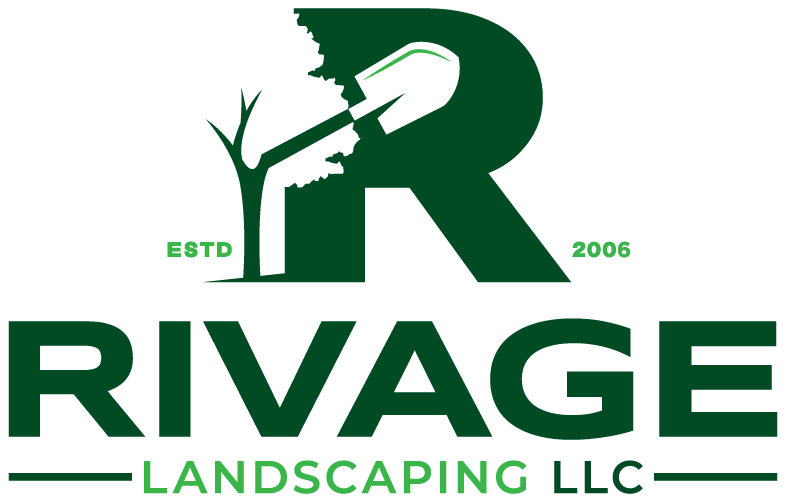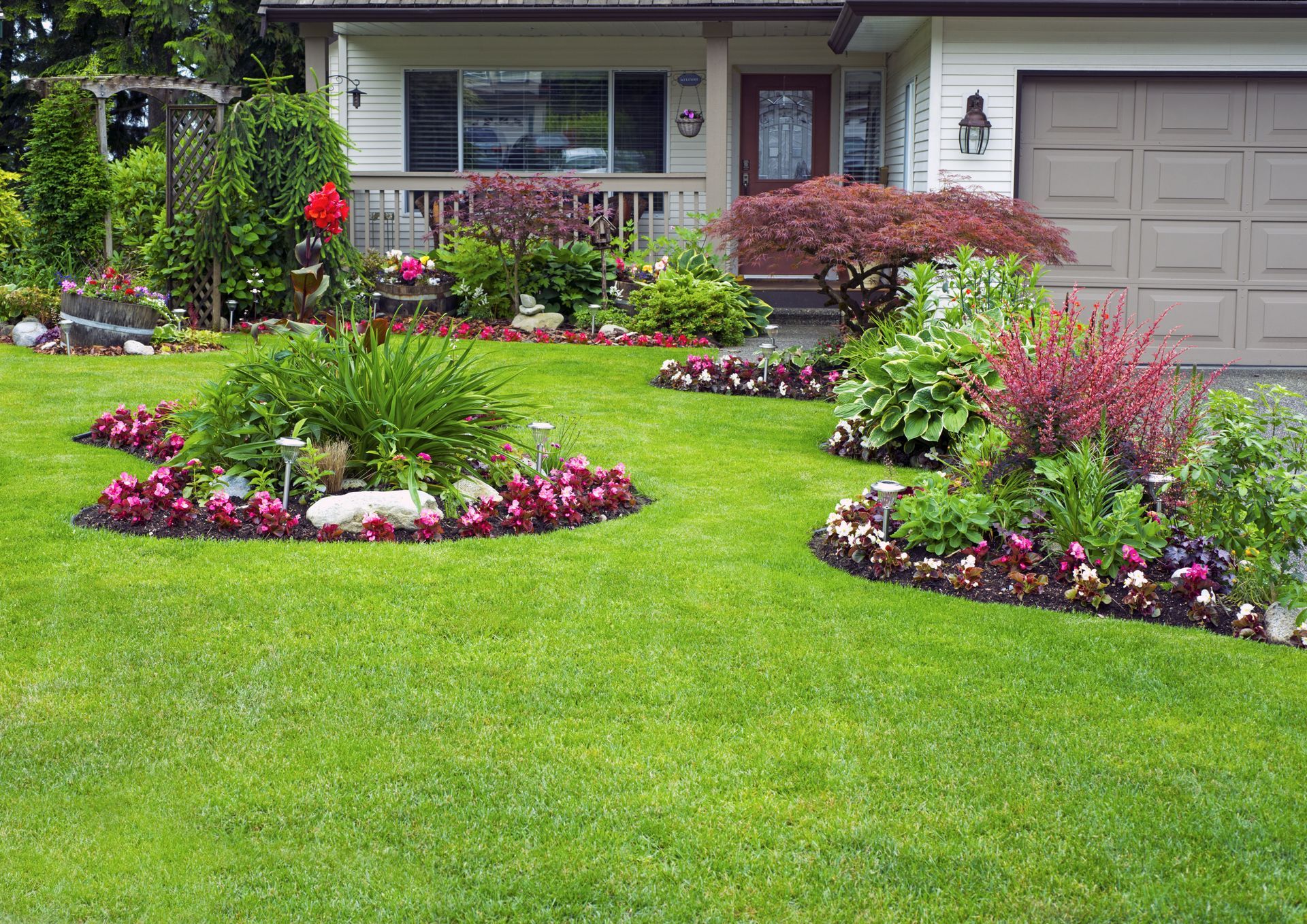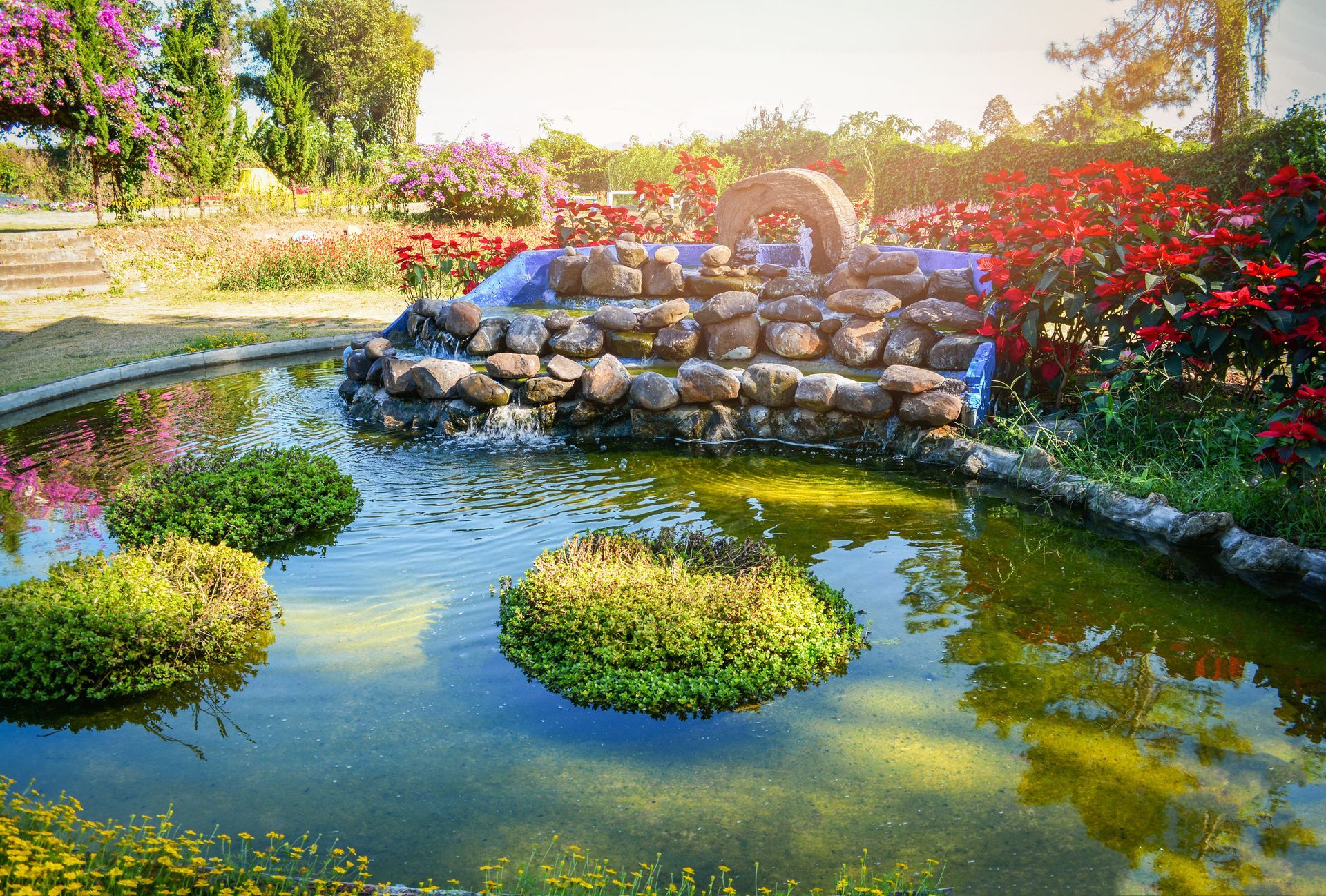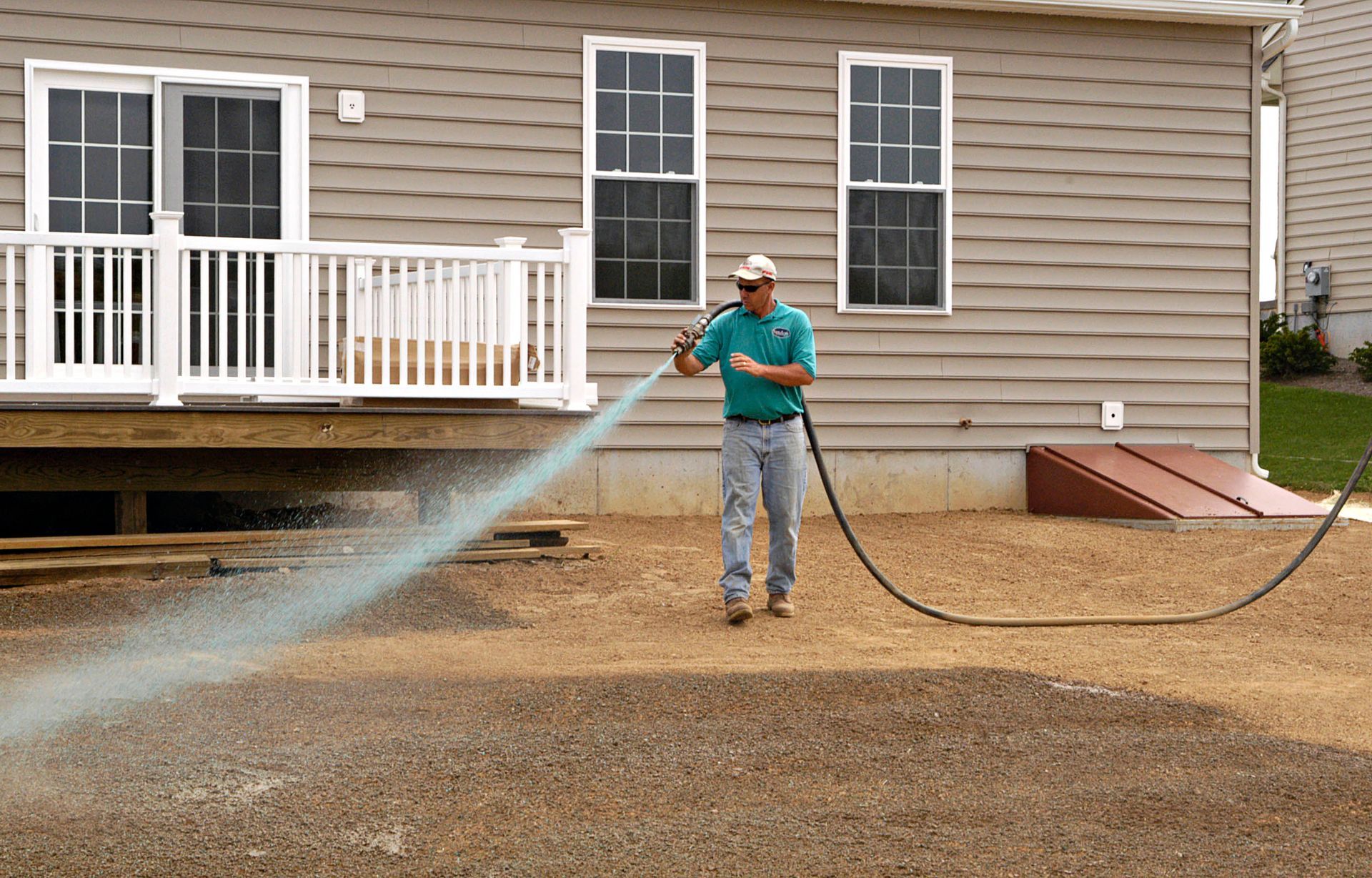5 Essential Tips From Expert Landscape Designers
Transforming your outdoor space into a lush, inviting oasis is both an art and a science. Whether you’re looking to increase the aesthetic appeal of your home or boost its value on the real estate market, working with an expert landscape designer can offer incredible insights. In this post, we discuss essential tips shared by a top landscape designer to help you elevate your outdoor area to the next level and why you should work with them.
1. Plan With Purpose
Every successful landscape design starts with a well-thought-out plan. Begin with understanding the purpose of your outdoor space. Are you creating a tranquil retreat, an entertaining area, or a play space for kids? Expert designers suggest that your landscape should reflect your lifestyle needs and personal taste. Prioritizing function along with aesthetics ensures that your design is both beautiful and practical. Take into account factors such as sun exposure, wind patterns, and soil conditions to determine the most suitable plants and features. Think about the flow of movement through the space and how each area will be used throughout the year. Planning for irrigation, drainage, and lighting from the beginning can help avoid costly adjustments later.
2. Choose the Right Plants
When it comes to planting, selection is key. Designers emphasize choosing plant species that are well-suited to your climate and soil type to ensure sustainability and low maintenance. Native plants are often recommended as they require less water and care. Additionally, incorporating a mix of perennials and annuals can provide year-round interest and color. According to Bankrate, landscaping done right can boost your home's resale value by an average of 15-20%, making plant choice not just an aesthetic decision, but also an economic one. Layering plants by height, bloom time, and texture can create depth and visual appeal. Consider using evergreens for structure, flowering shrubs for seasonal bursts, and groundcovers to reduce erosion and weed growth. Mulching your garden beds can help retain moisture and regulate soil temperature, further supporting plant health and long-term success.
3. Create Outdoor Rooms
Envision your garden as a series of outdoor rooms. This concept, inspired by an expert landscape designer, advocates for designing distinct areas within your yard to serve different functions. For example, you might have a dining area, a lounging spot, and a play zone. By utilizing hedges, trees, and other natural barriers, you can create visually appealing spaces that provide structure and comfort. This approach not only defines space but also encourages its use and enjoyment. Incorporating pathways, pergolas, or low walls can further separate zones while maintaining a cohesive design. Varying textures, materials, and lighting help each "room" feel unique yet unified. Adding focal points like fire pits, fountains, or sculptures enhances the ambiance and invites relaxation or conversation, making your yard feel like a true extension of your home.
4. Use Hardscaping Strategically
Incorporating hardscaping elements like pathways, patios, and retaining walls can enhance your landscape's functionality and beauty. Strategic placement of these features can guide movement, add character, and facilitate drainage. A professional landscape designer recommends balancing hard and soft elements to achieve harmony. Thoughtful use of materials such as stone, wood, and gravel can create texture and contrast, enriching the overall design. Hardscaping can also provide structure during seasons when plants are dormant, keeping your outdoor space visually appealing year-round. Consider integrating seating walls, raised beds, or decorative borders to maximize utility. Proper lighting along walkways or patios increases safety and adds ambiance in the evening hours.
5. Design With the Future in Mind
Planning for growth is crucial in landscape design. It's essential to consider the mature size of plants and trees to avoid overcrowding and competition for resources. Experienced designers advise factoring in how the landscape will evolve, ensuring that it remains aesthetically pleasing and functional. Investing in composting and rainwater harvesting systems can support sustainable practices, allowing your landscape to thrive in the future without depleting resources.
Creating a beautiful and functional landscape requires a blend of creativity, planning, and understanding of ecological principles. By following these essential tips from an expert landscape designer, you can craft an outdoor area that not only enhances your home's aesthetic and market value but also serves as a personal sanctuary. Whether you're starting from scratch or refreshing an existing garden, these insights provide a solid foundation for nurturing nature right in your backyard. Contact Rivage Landscaping LLC today to get started with landscape designers.





Share On: